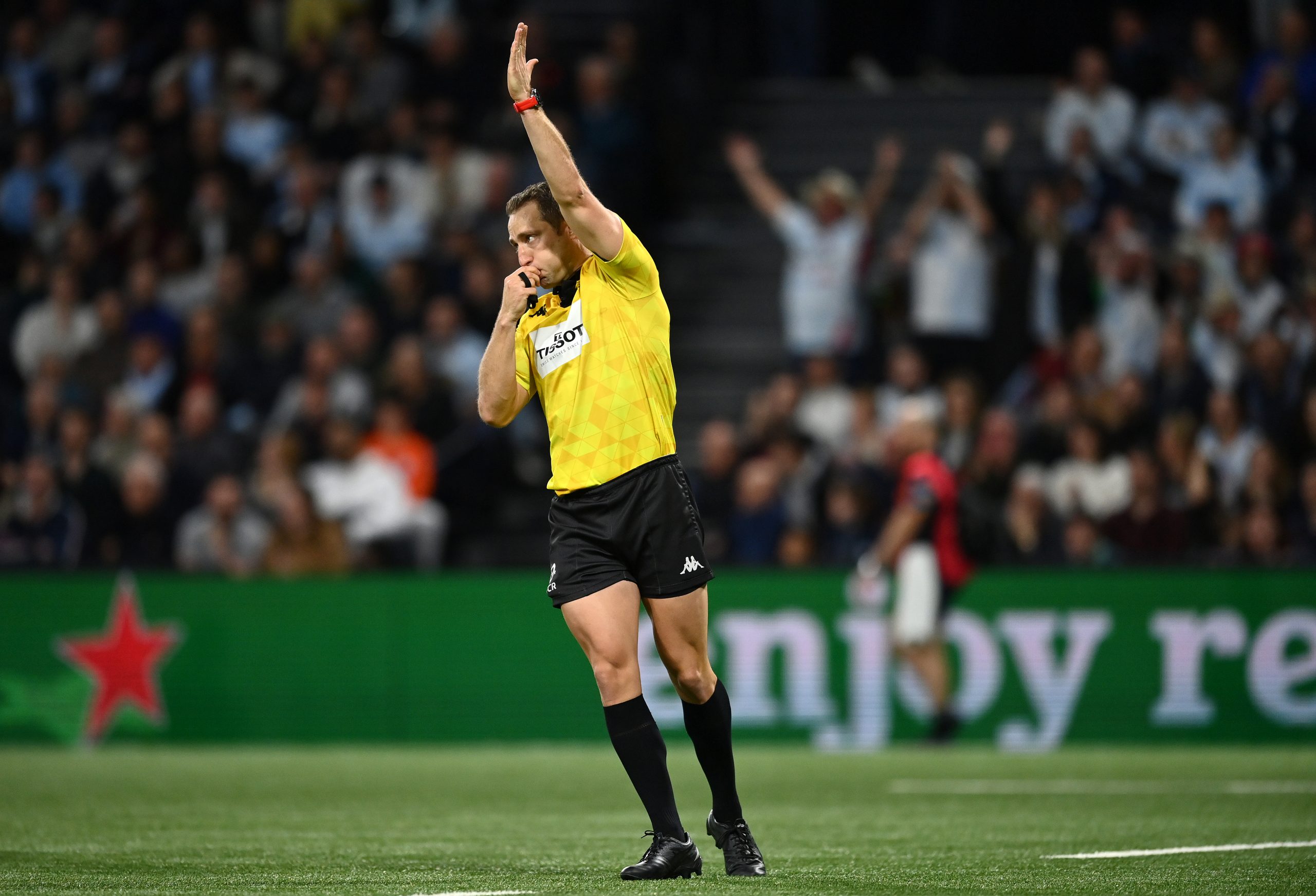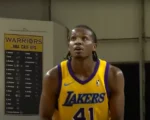Penalty tries in Rugby are among the most dramatic and debated moments on the field, instantly shifting momentum and often deciding the outcome of major tournaments. These decisive rulings highlight the core values of fairness and integrity central to the sport, ensuring that illegal tactics don’t outweigh skill and teamwork. With top-tier competitions like the Six Nations and Rugby World Cup frequently shaped by such decisions, understanding how and why a penalty try is awarded is essential for fans, coaches, and players alike.
Rugby Penalty Try Rules Explained: Definition and Importance
Rugby penalty try rules serve a dual purpose: they punish unsportsmanlike behavior and deter teams from resorting to illegal means near the try line. Unlike a standard try, a penalty try gives the attacking team an instant seven points, eliminating the need for a conversion kick. This rule reversal became standard in 2017, simplifying scoring outcomes and adding clarity for spectators.
To illustrate, imagine a high-stakes knockout match such as the 2023 Rugby World Cup Final, where a last-minute defensive infringement prevents a certain try. The referee, after reviewing the footage with the TMO, awards a penalty try and the crowd erupts—marking a pivotal moment that could shift the history of the tournament.
- No conversion attempt: Seven points awarded automatically
- Referee discretion: Decision based solely on the probability of a try
- Kickoff restart: Following a penalty try, play resumes with a kickoff from halfway
| Try Type | Points | Conversion Required? |
|---|---|---|
| Standard Try | 5 | Yes |
| Penalty Try | 7 | No |
Cases When a Penalty Try Is Awarded
Decoding the rules, a referee will give a penalty try if foul play by a defending team deprives the opposition of a probable score. The incident must clearly show that a legitimate try would have been scored but for the illegal action. Examples abound at club and international level, from London Irish versus Northampton Saints to the bruising showdowns in the United Rugby Championship.
- Deliberate knock-on: A defender knocks the ball forward to prevent a score
- Collapsing scrum or maul: Illegally stopping forward progress close to the line
- High tackles: Contact above the shoulders halts a clear try-scoring opportunity
- Pulling down a player in the air
- Interfering at a quick tap or lineout
| Scenario | Infraction | Penalty Try Awarded? |
|---|---|---|
| Deliberate Knock-On | Intentional hand block near try line | Yes |
| Collapsing Maul | Illegally ending forward motion | Yes |
| Normal High Tackle Midfield | Illegal tackle far from try line | No |
Such rulings maintain the spirit of rugby, mirroring examples from recent match reports like South Africa’s tests in Durban and compelling club duels documented on Hugerugby.news.
Referee’s Role and TMO Use in Penalty Try Decisions
Behind every penalty try is the judgement of an experienced referee—often guided by the latest in Television Match Official (TMO) technology. Referees must weigh intent, location, and the likelihood of an unimpeded score, especially as player speed and match stakes rise in 2025’s global game. In high-pressure matches, the TMO assists with slow-motion footage to ensure no doubt lingers over critical infringements.
- Positioning: Referee must have a clear line of sight
- TMO Replay: Used in top-flight competitions for contentious calls
- Assessment of intent: Deliberate versus accidental actions
- Immediate impact: Result is an automatic seven points, with possible yellow or red card for the defender
| Tool/Factor | Impact on Penalty Try Decision |
|---|---|
| Referee’s Angle | Ensures correct identification of foul play |
| TMO Footage | Resolves ambiguities, especially in close calls |
| Player Intent | Influences severity of sanction (carding) |
One memorable application occurred during a fierce tie in the Connacht URC campaign, where video evidence was pivotal in a penalty try award—shifting the match narrative in the dying moments.
[embedded content]
Impact on Rugby Matches and Team Strategies
Beyond the scoreboard, a penalty try profoundly affects tactics, discipline, and morale. With a yellow or even red card often accompanying egregious infringements, defending teams face the dual threat of conceding points and losing a player for critical minutes. These moments frequently become the focus of post-match analysis, such as the fierce rivalry featured in recent Stormers fixtures.
- Momentum swings: Sudden point gain plus numerical advantage
- Mental boost: Attacking teams ride a surge in confidence
- Disciplinary focus: Defenders briefed to avoid desperate infringements near their own line
- Tactical shifts: Teams may adjust defensive shape to minimize risk near the try area
| Consequence | On Field Effect | Strategic Outcome |
|---|---|---|
| Penalty Try + Yellow Card | Opponents one player short | Attacking team may press for additional points |
| Penalty Try Only | Severe psychological blow | Momentum can shift immediately |
Such events change entire contests, as shown in epic clashes between title contenders and even mid-table clubs—see Jersey Reds hosting London Irish.
Penalty Try vs. Standard Try and Cross-Code Differences
It’s essential for fans to recognize the distinction between a penalty try and a standard try, or even differences across rugby codes. In rugby union, a penalty try is always worth seven points, while in rugby league it’s six, often with a subsequent conversion. TMO intervention is also more common in union, ensuring decisions are less arbitrary during fast-paced, high-stakes encounters.
- Union: 7 points, no conversion, heavy TMO involvement
- League: 6 points, conversion attempt follows
- Sevens: Rules mirror those of union, but tempo and risk are higher
| Code | Points | Conversion? | TMO Usage |
|---|---|---|---|
| Rugby Union | 7 | No | Frequent |
| Rugby League | 6 | Yes | Occasional |
| Rugby Sevens | 7 | No | Rare |
Understanding these nuances ensures that spectators and analysts appreciate the strategic calculations behind defending late in matches, as highlighted in coverage of the All Blacks’ home season finales.
Preventing Penalty Tries: Defensive Discipline and Awareness
Defending teams can dramatically reduce the risk of conceding penalty tries by focusing on discipline, positional awareness, and real-time communication. Clubs frequently analyze past infractions, learning from close contests like the Saints’ away clashes to polish their approaches.
- Clear defensive protocols: Drills focus on legal technique near goal line scrums
- On-field leadership: Experienced captains guide teams under pressure
- Respect for the rules: Emphasis on upholding rugby’s values at all times
| Defensive Focus | Typical Mistake | Best Practice |
|---|---|---|
| Scrum Engagement | Popping up or collapsing under pressure | Low, legal body position |
| Ruck Defense | Playing offside or not rolling away | Retreat behind last feet, clear communication |
| Countering Mauls | Illegally pulling down | Targeted, legal counter-drives |
Ultimately, the game’s integrity and excitement hinge on such discipline—as every player and spectator knows, discipline in the final meters can be the thin line between glory and heartbreak.
FAQ: Rugby Penalty Try Rules Explained
- What is the difference between a penalty try and a standard try?
A penalty try grants seven points instantly without a conversion attempt, reflecting that foul play directly prevented a probable score. A standard try is worth five points, followed by a conversion kick attempt. - How does the referee decide to award a penalty try?
The referee, sometimes with TMO help, assesses if a try would almost certainly have been scored but for intentional foul play by the defense. - Can a penalty try lead to a yellow or red card?
Yes. If the foul play is deliberate and dangerous, referees can issue a yellow or red card in addition to awarding the penalty try. - What are the most common reasons for penalty tries in rugby?
Deliberate knock-ons, collapsing scrums or mauls near the try line, high tackles on likely try-scorers, and pulling down players in the air are frequent triggers. - Is there a difference in how penalty tries work in rugby union vs. rugby league?
Yes. In union, a penalty try is seven points with no conversion, while in league, it is worth six points with a conversion attempt.




